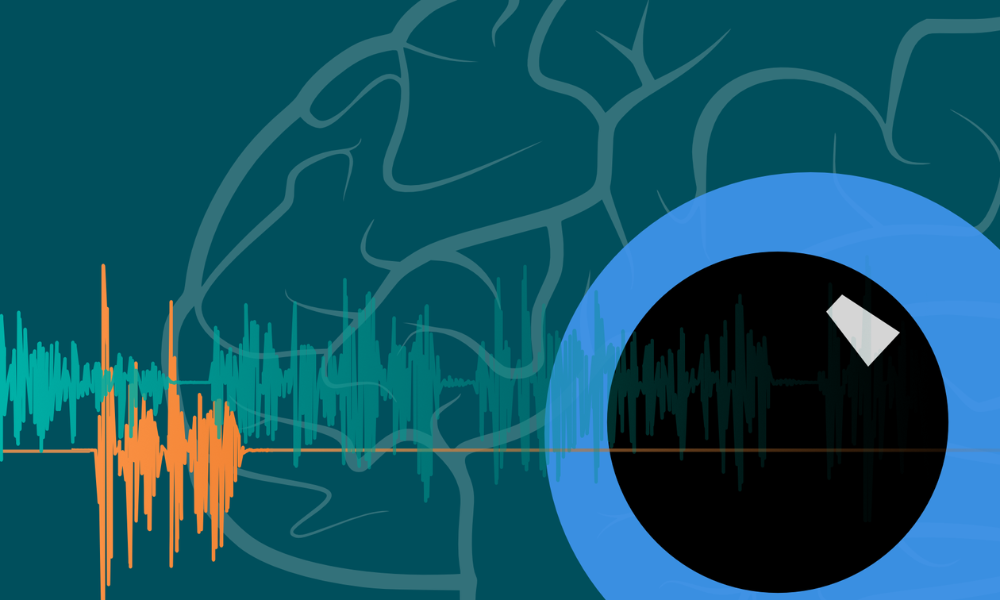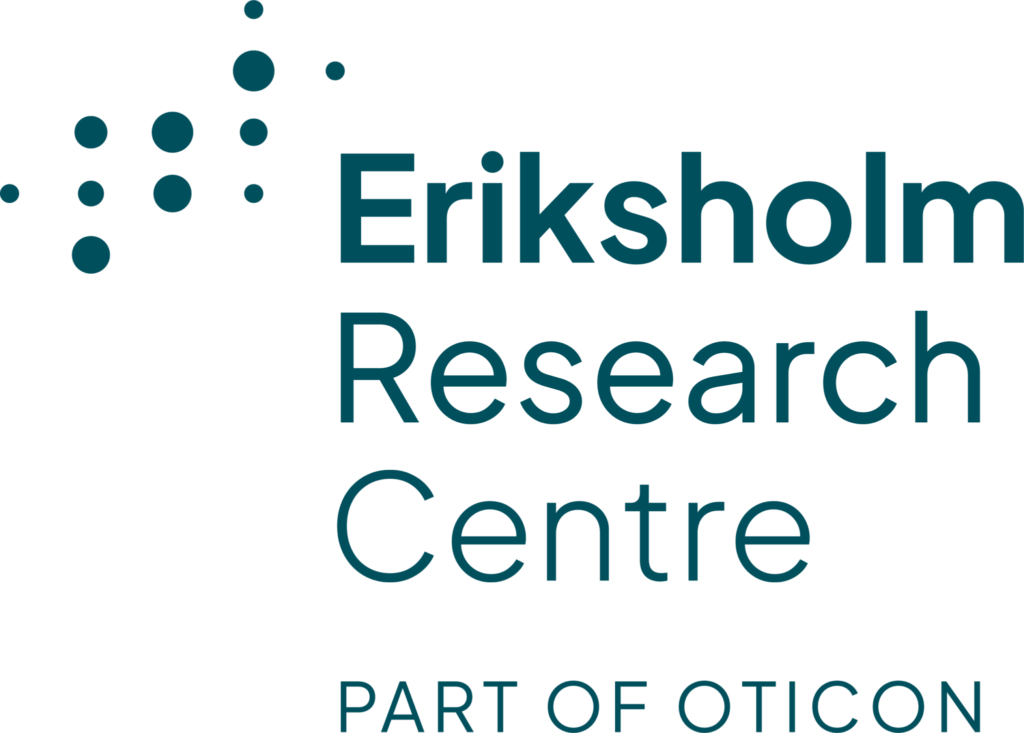Introduction
We usually measure hearing based on “target” tests, where we evaluate a listener’s perception of a sound that they actively direct their attention towards. But the auditory system continuously monitors the background acoustic environment, even without directed attention. This non-target hearing is essential as it gives us awareness of our surroundings, and alerts us to relevant changes (e.g. an oncoming bus).
Hearing aids are typically designed to preserve non-target hearing as much as possible.There is a trade-off though between how much a hearing aid can help someone hear what they are trying to hear (ie. their target hearing), and how much it blocks out everything else (i.e. their non-target hearing). We do not have a methodology to measure this balance, and so we cannot yet optimize it in an objective way.
This work is supported by the William Demant Foundation.






